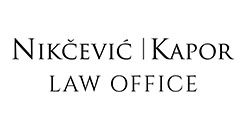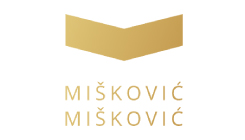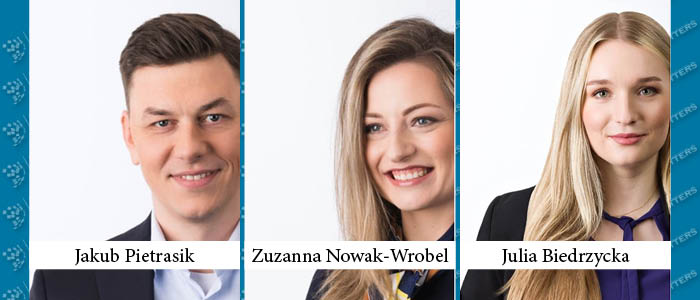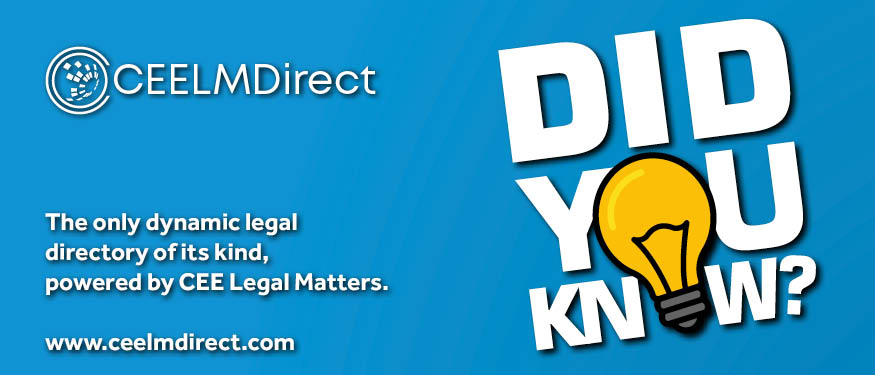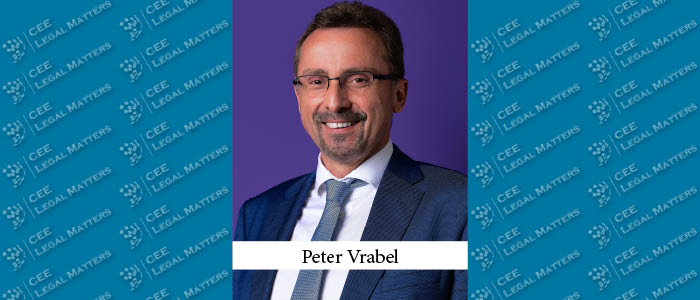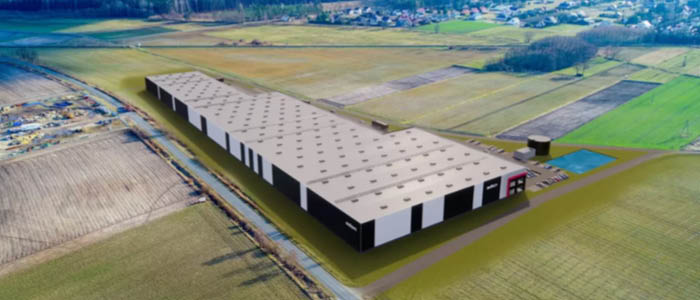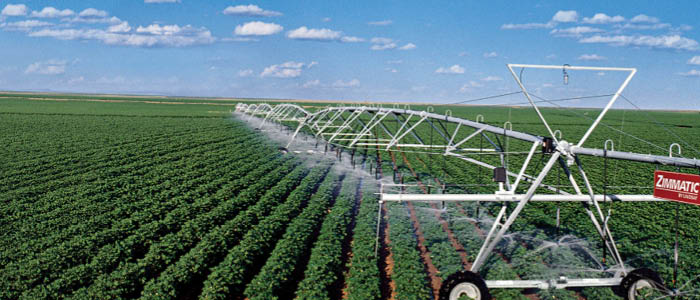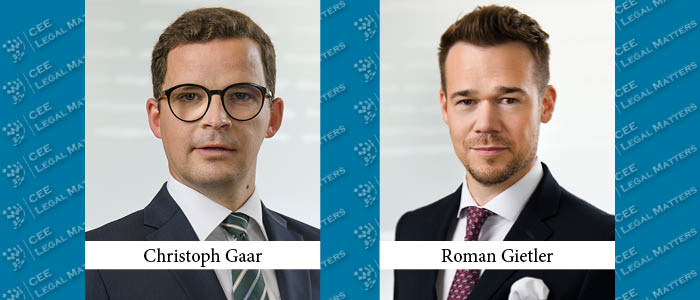As summarized in CMS’s recently-released Emerging Europe M&A Report 2016/2017, the year just concluded, 2016, was an eventful one in Europe, as it included weak global growth and overall investor cautiousness, an attempted military coup in Turkey, a vote for the UK to leave the European Union, continued unrest in the east of Ukraine, continued application of sanctions in Russia, and the first full year of a new populist right-wing Government in Poland. There was plenty therefore to be concerned about, and we all feared what impact this might have on M&A deal activity in the region as a whole.
Indeed, for the fifth year in a row, deal numbers were down across CEE, and were less than half the level of 2011. However, confidence nevertheless picked up, and indeed the region saw a wave of megadeals (by CEE standards) towards the end of 2016, including Glencore’s & Qatar Investment Authority’s acquisition of a 19.5% stake in Rosneft for USD 10.2 billion, the sale of SABMiller’s Central and Eastern European assets to Asahi for EUR 7.3 billion, Rosneft’s acquisition of Bashneft for EUR 4.7 billion, the acquisition of Energeticky A Prumyslovy Holding in Czech Republic for EUR 3.1 billion, and Cinven’s, Permira’s, and MEP’s acquisition of Allegro in Poland for EUR 3.1 billion.
Russia remained the most active country, in terms of both the number and the value of deals - though most of the deals were domestic in nature, and overall numbers were significantly lower than in previous years. This was followed by Poland (deal numbers down, values up), Czech Republic (deal numbers and values both significantly up, and the strongest M&A activity in a decade), Turkey (deal numbers and values overall down on the previous year), Romania, and Hungary. By sector, real estate & construction (357 deals), manufacturing (312 deals) and telecoms/IT (265 deals) took the top three spots.
Going forward, we are likely to continue to see a fragmented region with pockets of growth interspersed with subdued activity. For Russia, we forecast that the 2017 outlook will likely remain challenging, though overall our prediction is that M&A activity will be higher than had previously been forecasted, in particular driven by the active involvement of the State, consolidation in certain sectors like finance, oil & gas, telecoms, and agriculture, and likely continued overseas investment from the Middle East and Asia, etc. In Turkey, investors will likely continue in a wait-and-see mode, depending on how things develop after the failed coup (and in light of the political and security environment more generally). There has been much talk about Poland, and although deal numbers were down in 2016, the country is nevertheless showing (despite subdued growth and concerns over the ruling Government’s right-wing policies and rhetoric) a certain degree of resilience in the M&A market. Overall we expect deal activity to remain stable. The Czech Republic shows no sign of deal activity slowing any time soon, and all eyes are on Romania to see whether the Government will continue to clamp down on corruption (at the time of writing many people are on the streets protesting corruption in Romania) and improve the investment environment more generally These factors, combined with Romania being one of the fastest growing economies in CEE, have resulted in increased deal activity in recent times.
Other opportunities throughout the region include non-performing loans (NPLs) – in which context deal-making in the second half 2016 was rather strong in CEE and is expected to continue throughout 2017 – and the knock-on effect that cleaning up NPLs has on the broader economy (with Croatia, Serbia, Romania, and indeed even Ukraine being talking points in the NPL community at the moment). Greenfield investments are also topical (Jaguar Land Rover started work on its new factory in Slovakia, Mercedes has committed to build a plant in Poland, and Amazon is looking to open new fulfillment centers in the Czech Republic and Poland). Of course there is plenty to remain cautious about, and the full impact of Brexit and the US elections (and upcoming elections in Europe) are yet to play out. But the lesson learned from 2016 is that political change does not in itself necessarily mean a brake on activity, and overall the factors that have made CEE attractive over the years (a relatively high annual GDP growth, proximity to Western markets, and the availability of a relatively low-cost, highly-skilled labor force) combined with increasing pressure on the part of Western investors to venture beyond established markets in the search for positive yield, all bode well for a cautiously optimistic outlook for the region as a whole during 2017.
By Graham Conlon, Partner, CMS
This Article was originally published in Issue 4.2 of the CEE Legal Matters Magazine. If you would like to receive a hard copy of the magazine, you can subscribe here.


